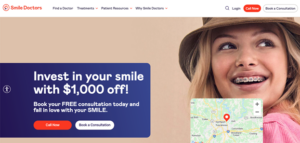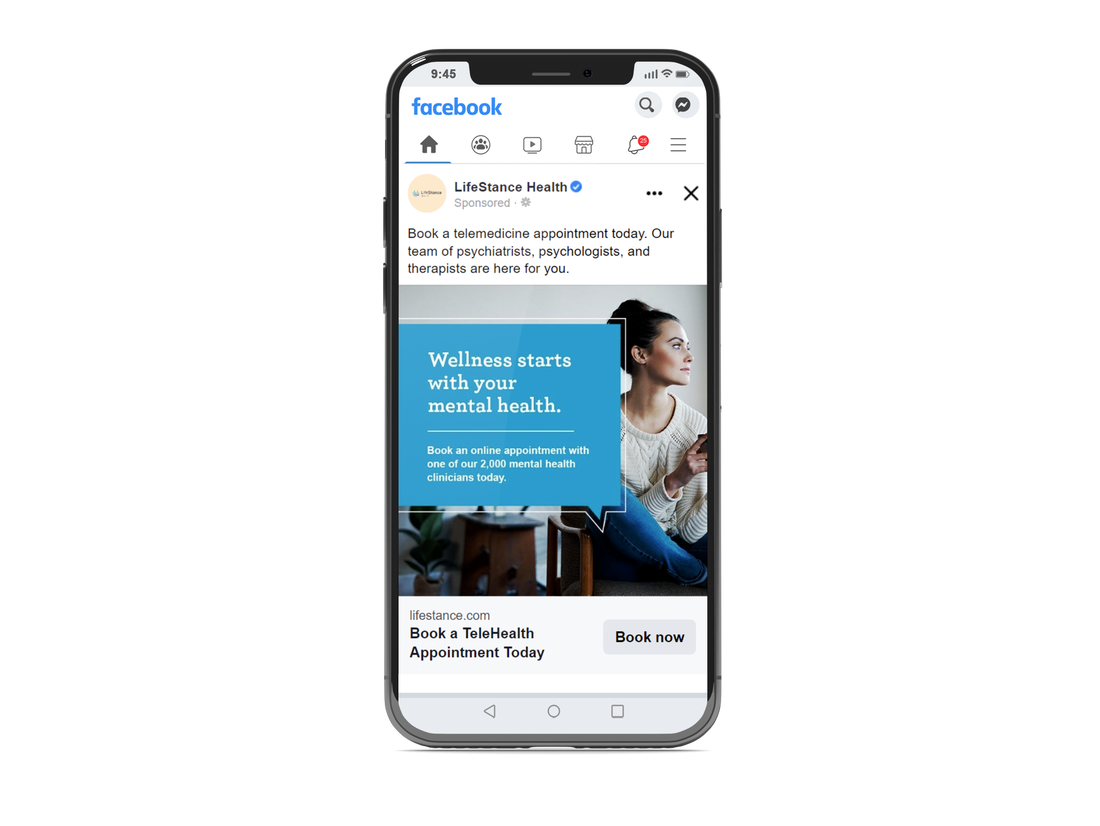
New patient acquisition is always a priority, but what about your existing patients? Reactivating patients is one of the most effective ways to drive new revenues at a practice.
We get it— it’s only natural that healthcare marketers often stay hyper-focused on new patient acquisition. Unfortunately, this stance means that too many groups leave money on the table by ignoring a much warmer audience— the existing patient.
It is much easier to reactivate an existing customer than find a new one. It can be more cost effective, too. As Paul Gruensfelder, Vice President of Marketing at Select Dental Management, put it in our recent webinar, Healthcare Marketing Trends: How to Drive Growth In 2023,
“It costs about 10 times more to acquire a new patient than it does to reactivate an existing patient.” Especially in a recessive economy, healthcare marketers should look at their existing patient base as a viable and essential source of revenue.”
How can you reactivate your existing customers to drive revenue at your healthcare practice? This article explores a few best practices that will help you do just that.
One of the easiest places to start? Right in your own data. The insights provided by your in-house data can give you some important clues as to which of your patients need attention and reactivation. To that end, healthcare groups that don’t have integrations with their EHR, CRM, and Marketing Automation platforms will struggle to gain insights, so it’s imperative that you have a strong, integrated digital foundation to get this done.
What are you looking for? Look for patients who:
With this important data in hand, you can move onto your next step: determining your reactivation goals.
You have access to your data and you know which patients are primed for reactivation. Where will you set your focus? Determine who you’re going to reactivate and what your goals are in reactivation. Are you looking for no-shows? Those with annual appointments? Patients who are overdue for appointments?
Once you’ve identified the segment that you believe offers the most potential, you can design your reactivation campaign strategy around that segment. Something to keep in mind? You’ll have greater success with more recently engaged patients.
Shape the messaging, offer and content based on the needs of your selected patient segment. For some patients, it might make sense to offer a financial incentive or discount. For others, they’ll be more motivated if they understand the health risks of missing an appointment. Outreach to these patients might explore issues related to just that, e.g., “How Neglecting Your Dental Care Impacts Overall Health / Heart” or “Annual Dermatology Scan/Review – Key to Preventing Melanomas.”
Get creative, and keep your patient the focus in all your efforts.

Cardinal helped Smile Doctors launch remarketing campaigns targeted to audiences who were looking for offer a financial incentive.
One of the best ways to reactivate patients? Using email marketing and marketing automation. Why is this route so effective? For one, your patients hav
e already opted in to email communication with you, meaning they are primed to receive your message. They’re familiar with your brand and trust communications from you. Email marketing also allows you to target, personalize, and automate to ensure the right pace. Finally, email marketing allows you to engage in a narrative. Remember, many of your patients will want to come back because of the healthcare risks of missing appointments. You could engage in an email campaign to that end, sharing a series of emails that expound on these risks and how you can help.
What are some best practices to employ in your healthcare email marketing efforts? Try out these tips when using email marketing:
You can also leverage SMS messages as an effective way to engage and reactivate patients. Statistics show that SMS in healthcare is not only highly relevant but also works:
What are the best ways to engage patients via SMS? Consider following some of these best practices for SMS:
You want to get the timing right, too. Some times of the month or even the year are better than others, as Diane Vaccaro, Chief Marketing Officer at 42 North Dental, highlighted during one of our recent webinars.
“January’s generally a good month and so is March. Benefits reset this month, a lot of FSAs ran out in December and also run out in March depending on the employer. Those are really good months to be in front of our patients with that message. You’ve been putting off treatment or you’ve been putting off doing Invisalign or whatever, that’s the big opportunity at this first half of the year.”
Using customer lists for remarketing via advertising is another route you can take. This approach allows you to offer existing customer exclusive deals, when possible, such as 20% off a dental cleansing. In economically complex times like we’re in now, discounts can be great motivators, providing the small push patients need to recommit to care.
One thing we’ve found in our own healthcare marketing experience? Offering a certain percentage off the total bill is more enticing for patients than things like BOGO offers or “free cleanings.” If a discount isn’t the right fit for your practice, you can offer loyalty programs or free consultations as alternatives.
Healthcare remarketing can be challenging to implement, as Google and Facebook have placed restrictions on healthcare providers. However, there are other ad networks, like StackAdapt, that make it possible. Learn more about our programmatic advertising solutions to see how we do it.
Finally, don’t sabotage your reactivation campaigns by making your patients beg for an appointment. Ensure that your patients can always make or rebook an appointment quickly and easily across multiple channels. Include strong CTAs for the action you want patients to take across all your campaigns. Ads, SMS, and email campaigns should all direct customers to easy to use landing pages. Again, give them options and remove all barriers to conversion such as limiting them to phone calls, for example.
Some pro tips to consider? Make sure that you:
 We helped LifeStance Health launch Facebook ads that made it easy for patients to book an appointment.
We helped LifeStance Health launch Facebook ads that made it easy for patients to book an appointment.Learn More: 7 Tips for Improving Conversions and Driving More Appointments
Conclusion
Yes, those new patients are always enticing, but don’t let them distract you from your assets already on hand! Reactivating dormant patients opens up a wealth of new possibilities for a practice. With these simple tips, you can access new revenue streams and engage customers that are ready and waiting for your outreach.

Alex Membrillo
CEO
The original version of this page was published at: https://www.cardinaldigitalmarketing.com/healthcare-resources/blog/reactivate-patients-and-drive-new-revenues-at-your-healthcare-practice/
As a leading healthcare digital marketing agency, Cardinal Digital Marketing has partnered with some of the most recognizable brands in the country. We’ve helped countless multi-location organizati... Read more
If you’re looking for a reason or some inspiration to finally launch your SEO strategy, look no further because we’ve got you covered right here.Within your box of healthcare ...read more
In the race to expand, fold in new locations, and acquire new patients, many DSOs face problems of scale. In this blog post, we look at the role of marketing operations in helping ...read more
AI is an incredibly powerful tool for healthcare marketing and has already started to transform the industry. When many people think of AI, they think of generative AI like ChatGPT. ...read more
Take your patient acquisition to the next level with a smart, efficient, and scalable OB/GYN digital marketing strategy. Put yourself in front of your local audience searching for ...read more